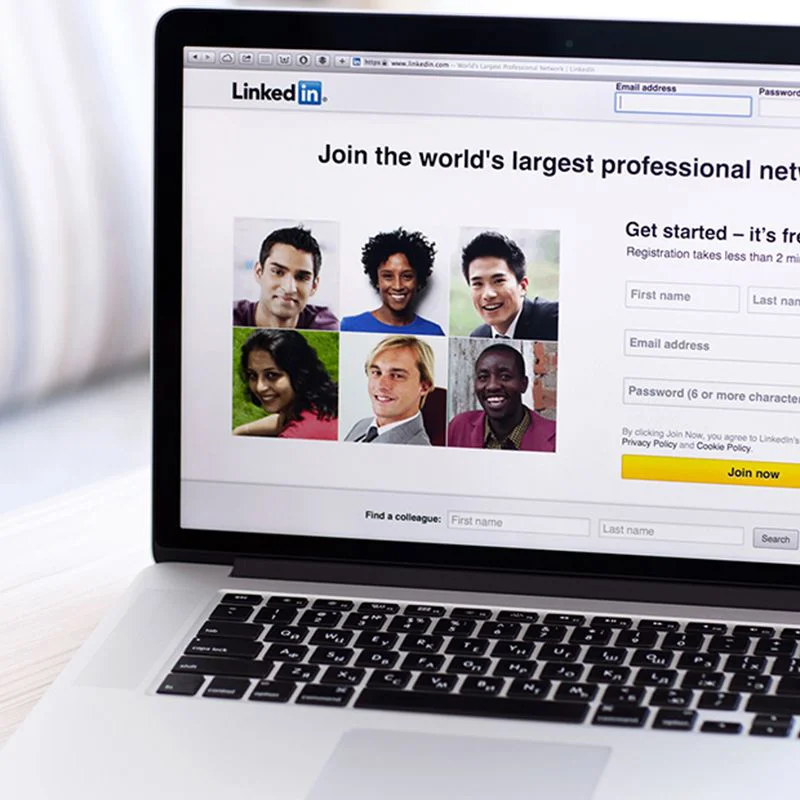There’s never a perfect time to perfect your LinkedIn profile. When you’re in the middle of a challenging consulting job, your online presence is probably the last thing you want to focus on. But it’s too late to work on your LinkedIn strategy when you’re trying to expand your network or find a new position—those changes should have been made weeks or even months ago for maximum impact.
Luckily, there’s a way to quickly and easily upgrade your LinkedIn profile before anyone will be looking at it. We’ve put together a schedule of tasks you can do after work each night in just 10 minutes or less.
Day One: Rewrite your summary
Your introduction should be engaging, up-to-date, and targeted to your audience (whether that’s other professionals in your field or employers). Highlight your strengths, technical capabilities, and notable accomplishments.
If you need inspiration, look at profiles of people who work at your dream companies.
Day Two: Refresh your work experience
Each position you’ve held should include one to four “bullets” describing your quantified results (i.e., “Increased daily site traffic by 30% after redesigning mobile front-end.”)
The more recent and/or relevant the position is, the more bullets it merits. A role you had eight years ago that’s not similar to your current focus might get one bullet, if you decide to list it at all.
Day Three: Ask for recommendations
As a consultant, you’ve probably had more managers than the typical employee. That’s good news; it means you have a greater pool of potential recommenders. Send a note to your former supervisors asking if they’d be open to recommending you. To make it as easy as possible for them, offer to provide a basic framework of projects, skills, and achievements they can reference.
Day Four: Review your endorsements
Make sure the abilities your connections have endorsed you for match the ones you want future employers and/or contacts to see. For example, if you want to transition into Agile project management, your top endorsed skills should include “Agile” rather than “Waterfall.”
Is there a discrepancy? Reach out to colleagues who have seen you use the target skill (like Agile) and ask if they’d endorse you for it.
Day Five: Join new groups
LinkedIn groups can be a valuable source of information, inspiration, and connections. Ask others in your space which ones they belong to and find productive, or do a little digging to discover which ones the leaders in your field are members of.
Don’t join too many at once; you won’t have enough time or attention to benefit from any. Instead, choose one to three that look promising and commit to posting in each of them twice a week.
Day Six: Outline a blog post
Having an article on your profile is impressive. It tells your audience that you’re active, credible, and knowledgeable.
Spend 10 minutes developing a potential topic and outline. If you’re at a loss for ideas, read other posts. What are they discussing? Can you add anything new to the conversation or provide an alternate view?
Day Seven: Compose your post
Now that you’ve got a subject and an outline, it’s time to actually write. The post doesn’t have to be too long—many LinkedIn Pulse articles are around 500 words. As long as the ideas are solid, you’ll be golden. Just make sure you use spell check—brevity is fine, but typos and spelling errors aren’t.
Read more ways to get recruiters to find, notice & contact you on LinkedIn.
Find & apply for the best IT positions

